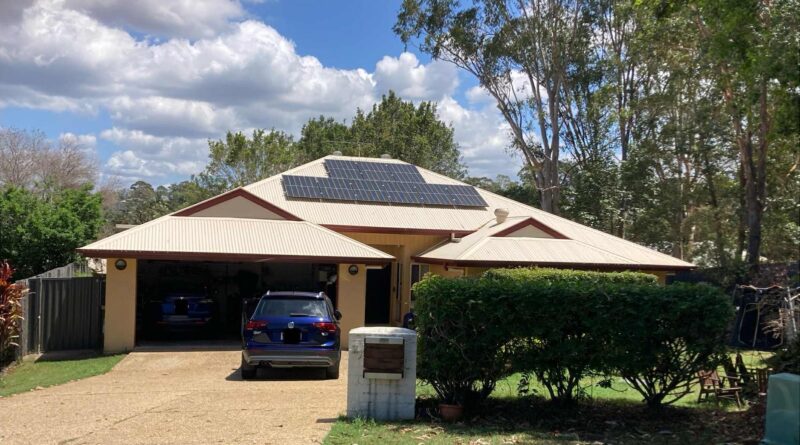Energy Independence with Home Batteries
Support CleanTechnica's work through a Substack subscription or on Stripe.
There is no denying that the Australian federal government’s Cheaper Home Battery program has been a resounding success. With over 40,000 batteries installed in the first 8 weeks of the program, Australians are reaping the benefits of free energy from the abundant sunshine. You can hear Chris Bowen, the Federal Minister for Climate Change and Energy of Australia, here. And read CleanTechnica’s previous article here.
Public announcements are one thing. I wanted to know what it was like to live with a new technology home battery on a daily basis. So, I visited my friend Gary and he told me the nitty gritty details.

Gary has installed two Tesla Powerwall 2 batteries in his garage; each has a capacity of 13.5 kWh. These are connected to a 10-kW inverter. He paid full price for the first battery; the second one was subsidised by the federal government — installed in May, commissioned in July. He initially installed 10 kW of solar on his roof in July 2023. He was pleased to tell me that the money he saved on the second battery paid for the expansion of solar this year, by another 5 kW.
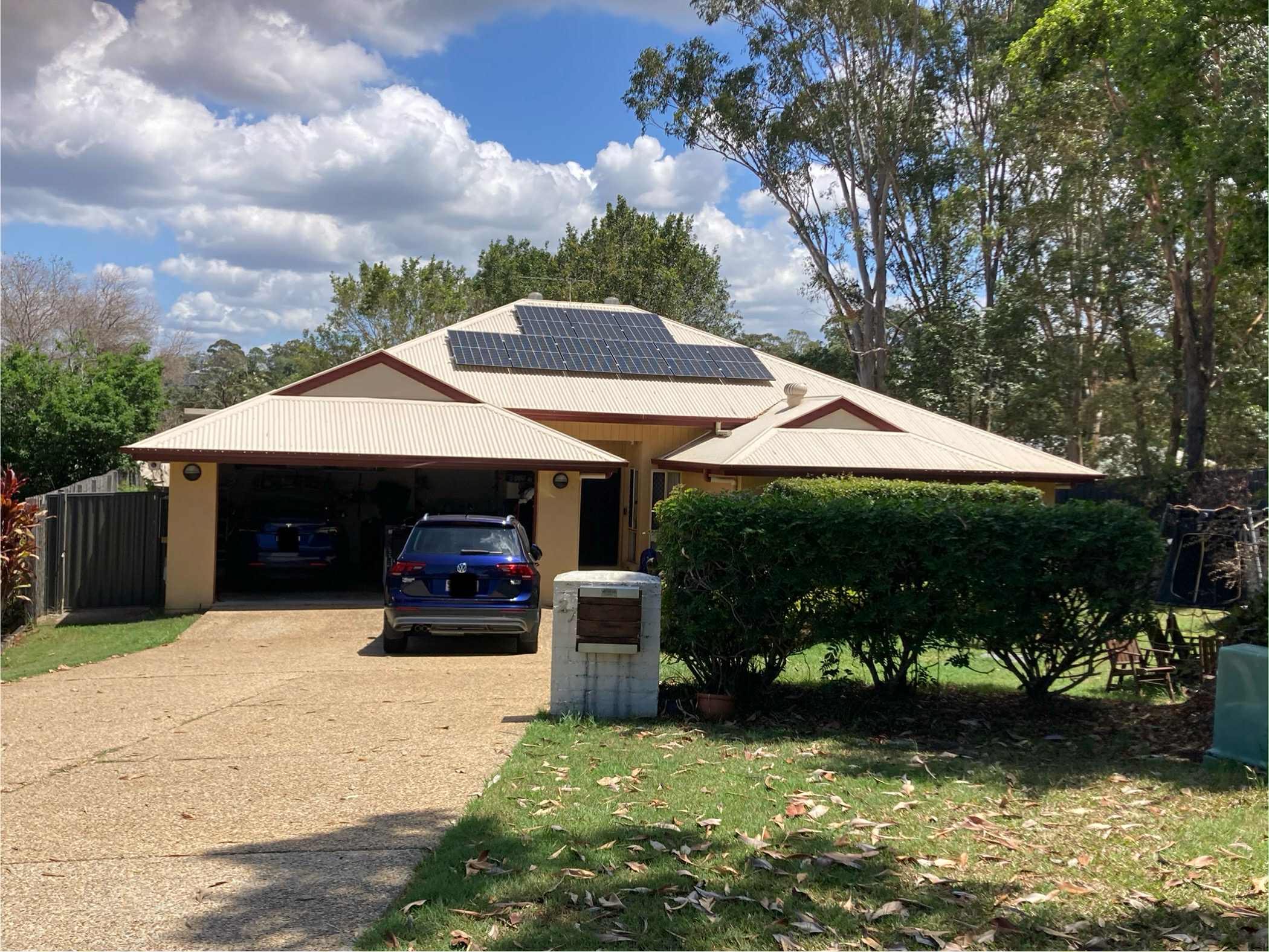
What’s the payoff? Gary used to pay AU$4,200 per year for electricity and at least AU$4,000 a year for petrol. Gary’s family owns two Teslas, a Y and a 3. The Model Y has been driven 75,000 km in the last 3 years, the Model 3 has done 14,000 km in the last three months. Extrapolated, that would make the Model 3 will do 56,000 km a year (14,000 × 4). The return on investment is as follows: with the savings of fuel of approximately AU$4,000 per year per vehicle, and maintenance of approximately AU$1,500 per year per vehicle, the savings with reduced electricity bills are over AU$14,000 per year, and that means in less than 4 years, the AU$40,000 (AU$28,000 initial, and AU$12,000 expansion) solar and battery system will have paid for itself.
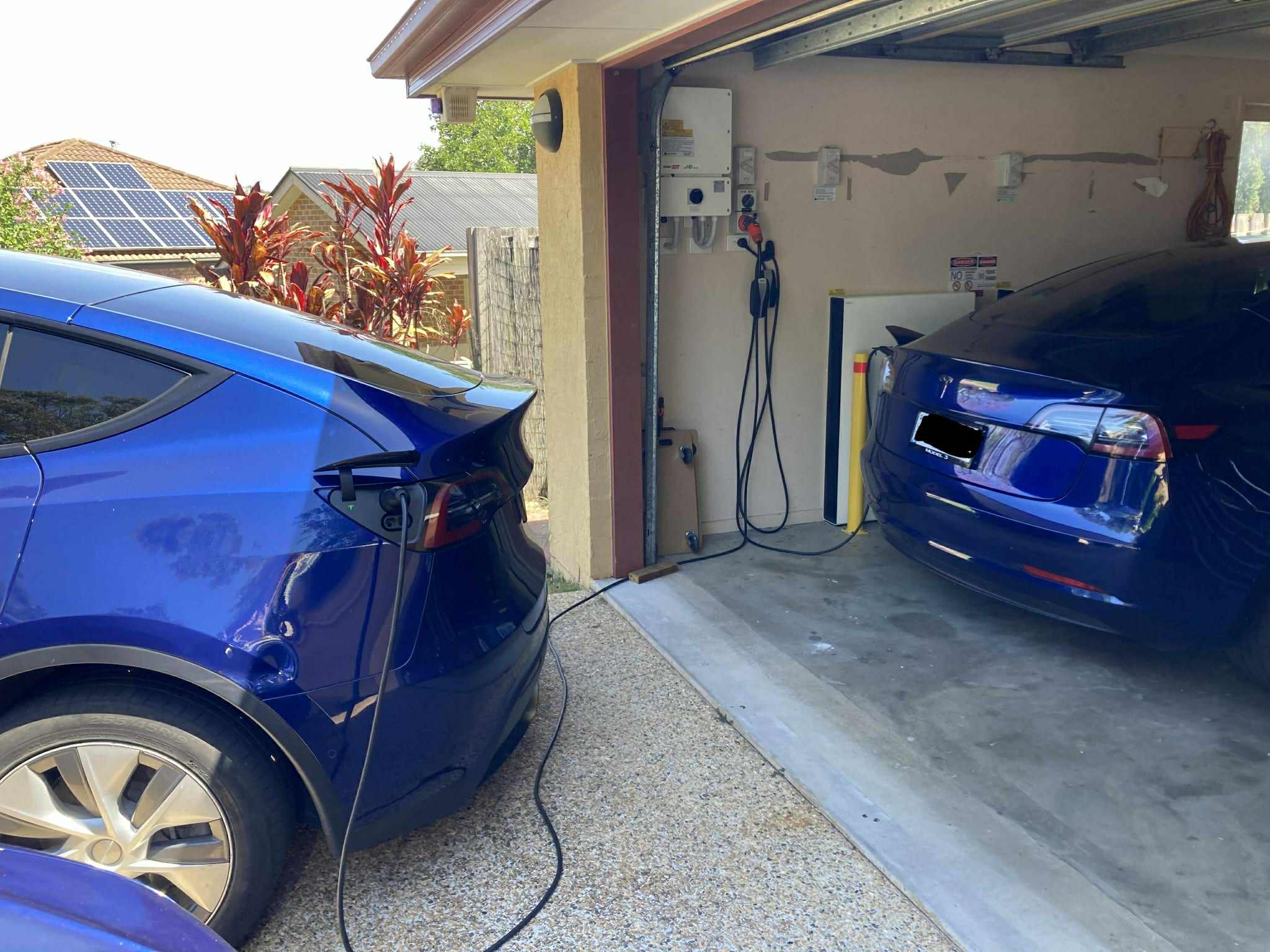
As we moved from the garage, where the family’s two blue Teslas were charging, Gary told me about his feed-in tariff (FiT). He is using Amber and tells me that the FiT can vary from negative AU$1 to +AU$17.50 per kWh. Over the past 27 months, the average FiT has been over 41 cents per kWh, and the average buy price has been less than 6 cents per kWh (including all tariffs, daily access fees, and the Amber monthly access fee). In the very least, it covers his access and connection fees.
Sitting at the kitchen table, I noticed the gas-powered BBQ and asked Gary if the household is totally electric. “Not quite,” he admitted. I can’t judge — we still have our gas-powered BBQ as well. All in good time. They have found instant gas hot water extremely convenient with settable temperature controls, and so have kept it. The petrol self-propelled mower was purchased just before a battery option was available, and as it is still functioning well, it has been kept. As a three-car family, they still have their Volkswagen 2017 Tiguan diesel (to be sold after Christmas).
Gary is a data-driven car guy. “Let me show you my spreadsheet!” How could I resist. He likes to check and analyse the data about how much power is being supplied. He admits that there are big reductions in winter due to the shade provided by the Koala-friendly gum trees in the council park to the north — but, hey, we need them, too.
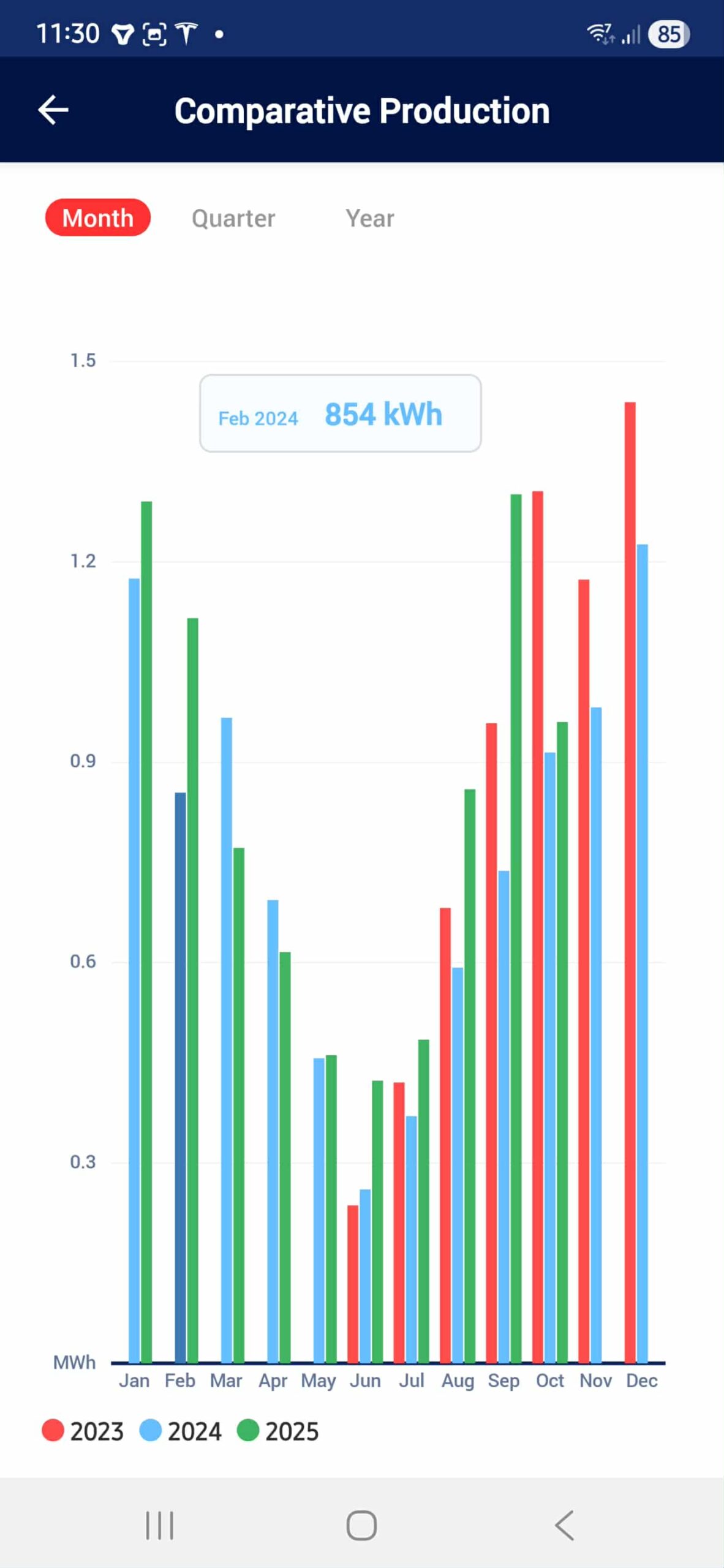
Spring, summer, and autumn, Gary tells me that the batteries are full by 11:00 am. The two Teslas can then be charged and the home needs are met as well. Gary exports power to the grid during the peak period of 4:00 pm – 9:00 pm.
I told you Gary was a car guy, right? So, I asked him what he used to drive. He talks with affection about his Brock designed Holden Dealer Team (HDT) VK SS Commodore, equipped with a 4.9 V8 motor and four on the floor. He says he used to drive from Brisbane to Cairns in it — costing approximately AU$600. “I couldn’t afford to do it now.”
Of course, we had to do the maths. The Brock Commodore achieved a fuel consumption of 12.5 l per 100 km. Brisbane to Cairns is a 3,400 km round trip. Petrol currently costs a little over AU$2 a litre. I reckon that’s about AU$850.
Going back to the garage, I asked Gary about the stickers on the wall. Apparently, these warnings came in with the government battery rebate. I have an antique battery — the warnings are less severe and sit inside the battery case. We come back to the anomaly that people have installed these batteries at a rate that is twice the rate of EV uptake, and they come with these warnings. EVs don’t have the warning, so why are the numbers so disparate? I think it all comes down to money. Money trumps FUD every time. People are willing to live with a risk if it has a financial upside.
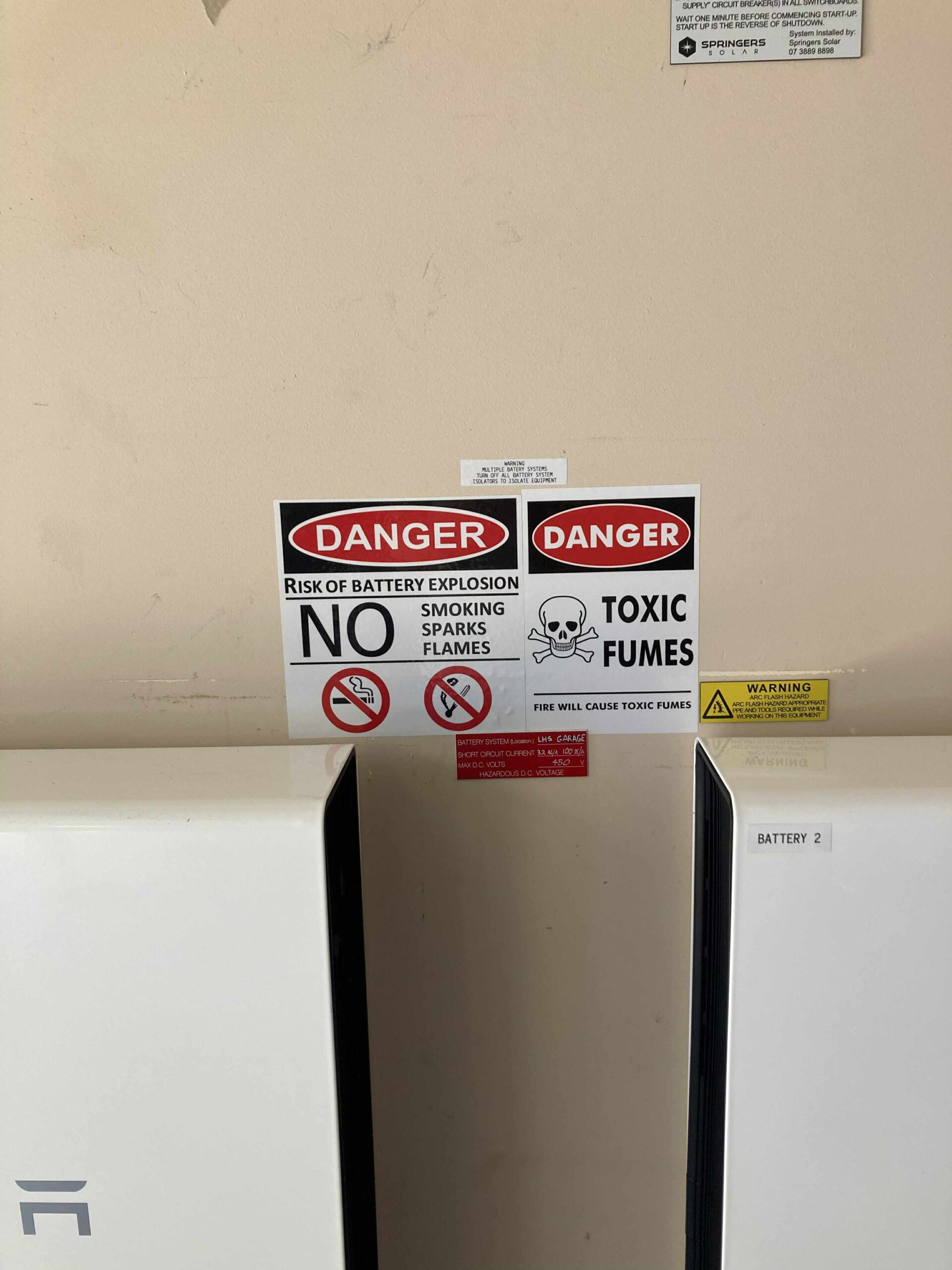
I asked if Gary had had any interaction with his family and neighbours about his choice of energy generation and use. One family member said she wouldn’t have an electric car because of the fire risk and it took too long to charge. She wouldn’t believe that you could drive a Tesla to Cairns all the way from Brisbane. “When we did go to Cairns in the Model Y, she wasn’t home. So, we took a photo of the pineapple growing in their front yard and sent it to them! It only cost me AU$211 for the return trip, using mostly QESH 50 kW Chargers, 2 Evie 350 kW chargers, 2 Tesla Superchargers including Calliope the day after it opened, and a few destination chargers in Cairns, and one night using a 15 amp outlet at Ayr Discovery Parks Caravan Park! We also borrowed a trailer in Cairns, and towed several loads of furniture across town to help my father-in-law move.” Now, that’s making a point.
“I also point people to EV firesafe, which contains Victoria Australia firefighters’ data-based research of EV fires and how low risk they are.”
There are some who worry that the main car battery will need to be replaced and how expensive it will be. Gary consoles them with the data — “high use is already happening. By the time the battery needs replacing, the new batteries will be lighter for the same capacity, so I can go with the same range and a lighter battery, or the same weight and have the bonus of added range.” I tend to tell people that no one knows how long the Tesla car batteries will last, because most of them are still going!
When pressed, Gary shared his experience and qualifications with me. He describes himself as senior electronics engineer and possesses an Associate Diploma of Engineering (electronics). He has spent most of his working life as a calibration technician both for the army and in civilian life.
Gary followed up with a list of positives:
“1. When working from home, the solar and battery act like a giant Uninterruptable Power Supply (UPS), keeping the internet and computers running.
2. We both use CPAP machines, so it ensures they can work during blackouts.
3. During storms and the likes of Tropical Cyclone Alfred, we don’t lose power, and don’t have to worry about food spoiling in the fridge, and almost the whole house continues to run, cooking, hot water, internet and TV, dishwasher, washing machine, etc”
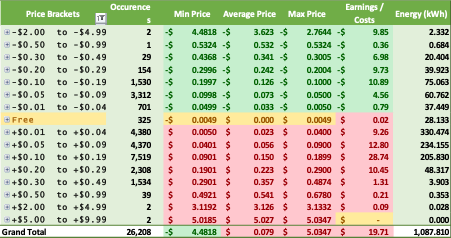
So, not only does the home battery coupled with solar save heaps of money. It also creates energy independence and security. Once again, Australia’s future is bright, electric and independent!
Sign up for CleanTechnica's Weekly Substack for Zach and Scott's in-depth analyses and high level summaries, sign up for our daily newsletter, and follow us on Google News!
Have a tip for CleanTechnica? Want to advertise? Want to suggest a guest for our CleanTech Talk podcast? Contact us here.
Sign up for our daily newsletter for 15 new cleantech stories a day. Or sign up for our weekly one on top stories of the week if daily is too frequent.
CleanTechnica uses affiliate links. See our policy here.
CleanTechnica's Comment Policy

